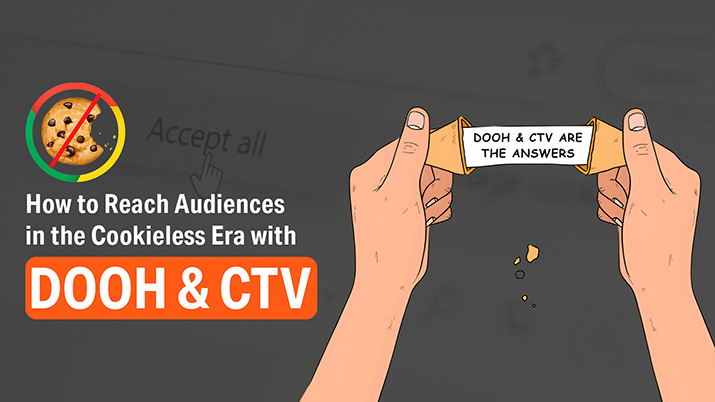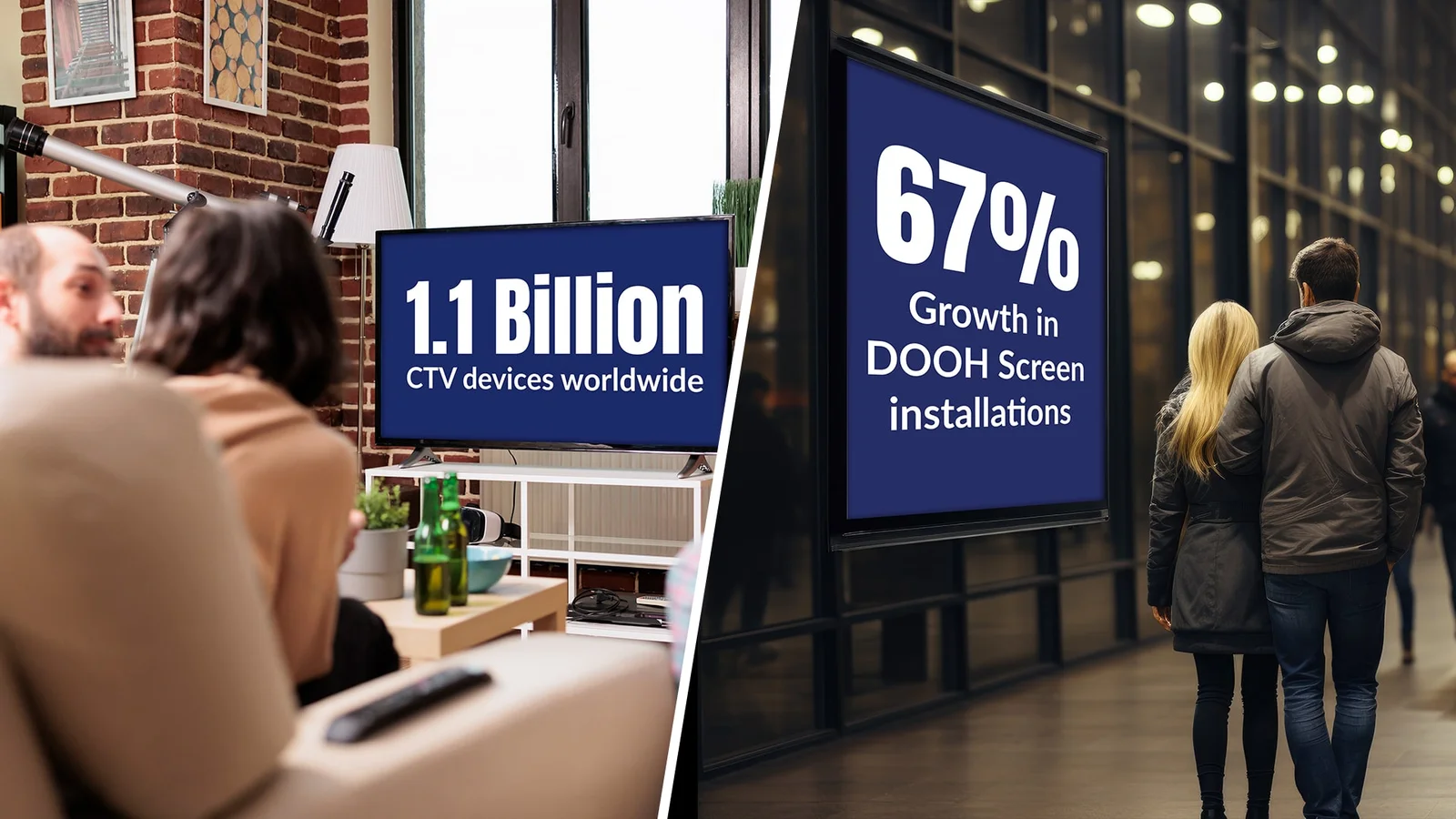As the deprecation of third-party cookies progresses, a major shift is underway in the advertising landscape.
Rating:

Rating:
As the deprecation of third-party cookies progresses, a major shift is underway in the advertising landscape.
As the deprecation of third-party cookies progresses, a major shift is underway in the advertising landscape. In the APAC region, where 80% of brands rely heavily on third-party cookies to reach customers and measure results(Source: Google), there’s a pressing need to adapt to durable measurement and audience solutions. While DOOH and CTV are strong contenders in the post-cookie era, their potential extends far beyond simply replacing cookie-based targeting.
Context is King:
With the shift away from third-party cookies, contextual targeting takes center stage. DOOH and CTV platforms excel in leveraging contextual cues to deliver relevant ads without compromising user privacy. Whether it’s displaying dynamic content on digital billboards based on location or demographics or serving personalized ads on CTV based on content genres, contextual targeting ensures ads remain impactful while being respectful of user privacy. Motorola ran a Hyperlocal Contextual Campaign using pDOOH and lat-long targeting across multiple residential zones, showcasing the nearest store where the viewer can purchase their latest phone, effectively reaching their desired TG.
Think Beyond the Cookie-Cutter Advertising Formats:
With One-to-many advertising formats remaining unaffected by the end of the cookie, it’s not the sole reason for advertisers to go the route of DOOH and CTV. With Programmatic Technology being incorporated into these emerging forms of media, advertisers can offer dynamic content based on factors and triggers like Location, time of day, live temperature, weather and sports APIs, AQIs, household/device targeting, and much more, enabling advertisers to craft personalized experiences for their audiences. Along with that, tools like QR Codes, Augmented Reality(AR), Social Media Integration, etc. help advertisers innovate with exciting new experiences for their audiences.

Harnessing First-Party Cookies and Data effectively:
As third-party cookies fade into obsolescence, the value of first-party data becomes more pronounced. DOOH and CTV possess valuable repositories of first-party data, allowing advertisers to create tailored experiences for viewers. By tapping into this data responsibly, advertisers can deliver targeted messages that resonate with audiences, building better connections with audiences without infringing on their privacy. With 67% Growth in DOOH Screen installations in the last year(FICCI) and over 1.1 billion CTV devices worldwide(Adjust), advertisers can reach audiences at a large scale in the cookieless landscape.
Using Anonymous IDs for seamless targeting:
Around 70% of Consumers in the USA are worried about third-party cookies and the amount of personal data businesses collect, while 40% of them do not trust companies to use their data ethically (Source:Forbes India). With the rampant rise of concerns from users, brands are moving towards a probabilistic and deterministic data collection approach with the help of anonymous IDs. Whether it be using Geo-Fencing with Lat-Long Data or Geospatial patterns for DOOH & CTV, brands should now look for such tools to reach their audiences as the advertising industry pivots towards a cookieless world.
With the cookie-less era fast approaching this year, it is essential that brands adapt their advertising strategies to align with the changing landscape. As pioneers in the DOOH and CTV space, Lemma offers cutting-edge solutions that empower brands to navigate this transition seamlessly. From our programmatic capabilities to our comprehensive measurement tools, Lemma helps brands thrive by tapping into the full potential of DOOH and CTV advertising in the post-cookie era.
Tagged Cookieless CTV DOOH



